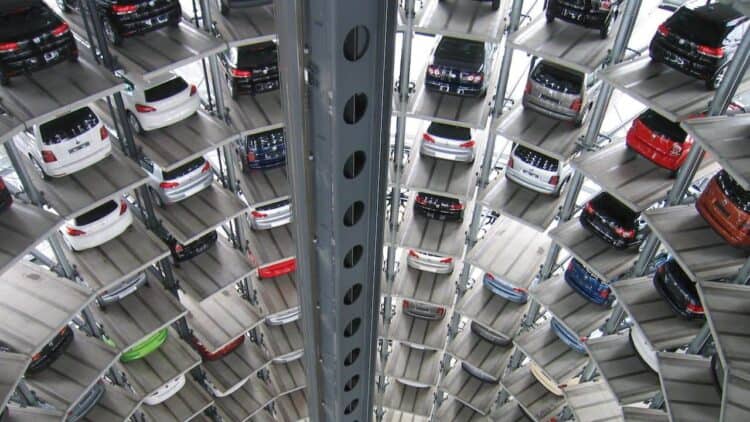Berg Insight today released new findings about the smart parking market.
Excluding China, the global installed base of wirelessly connected in-ground and surface-mounted parking sensors reached an estimated 1.3 million devices worldwide at the end of 2023. According to Berg Insight forecasts the number of installed sensors to reach 3.2 million in 2028, growing at a compound annual growth rate (CAGR) of 19.8%.
Europe and North America together accounted for more than half of the installed base, while the rest of the world markets (excluding China) accounted for about 31%. Prominent smart parking sensor markets outside of Europe and North America include Australia, New Zealand and the Middle East. While cities and municipalities are increasingly adopting smart parking technology, the private segment today accounts for the majority of the installed devices.
Competitive landscape
Following the recent exits of several leading vendors such as Streetline, SmartGrains, Nedap and Onesitu from the market, New Zealand-based Frogparking has emerged as the world’s leading smart parking sensor provider.
The company had a global market share (excluding China) of 12.2% in Q4-2023. The top three also included US-based CivicSmart and Spanish Urbiotica, which both have a significant international presence.
Other major vendors include Australia-based Smart Parking, the European companies Fleximodo (GOSPACE LABS), Smart City System, IoT Solutions Malta and ParkHelp Technologies, as well as the North American vendors PNI and Nwave Technologies.
The top ten vendors together accounted for around 46% of the global installed base of smart parking sensors outside of China at the end of 2023. Only a handful of companies have yet managed to establish an international presence spanning two or more regions of the world.
Impact of pandemic
The Covid-19 pandemic disrupted the industry but as city and local government budgets are gradually stabilising, the interest in smart city solutions such as smart parking sensors has returned. The pandemic moreover also a change in the parking landscape as remote work has become more commonplace.

“For the private and company parking segments in particular, this has paved the way for new opportunities in the utilisation of parking sensors as they allow parking owners to efficiently manage demand and supply to provide just enough parking when and where needed” said Felix Linderum, IoT analyst, Berg Insight.
As more and more cities embark on larger-scale rollouts after having completed lengthy pilot projects, the share of on-street deployments will also increase as cities are the primary owners of such parking assets.
While off-street parking deployments, which are characterized by high parking space densities, have been favourable to the use of RF networks, on-street deployments place higher demands on network coverage and long-range communications capabilities. While RF networks will continue to see growth in the off-street parking segment, LPWA technologies are expected to dominate on-street deployments.
“The share of parking sensors communicating through LPWA technologies such as LoRaWAN and NB-IoT has grown significantly in recent years and it is expected that their market share in the off-street segment will eventually increase as well”,



